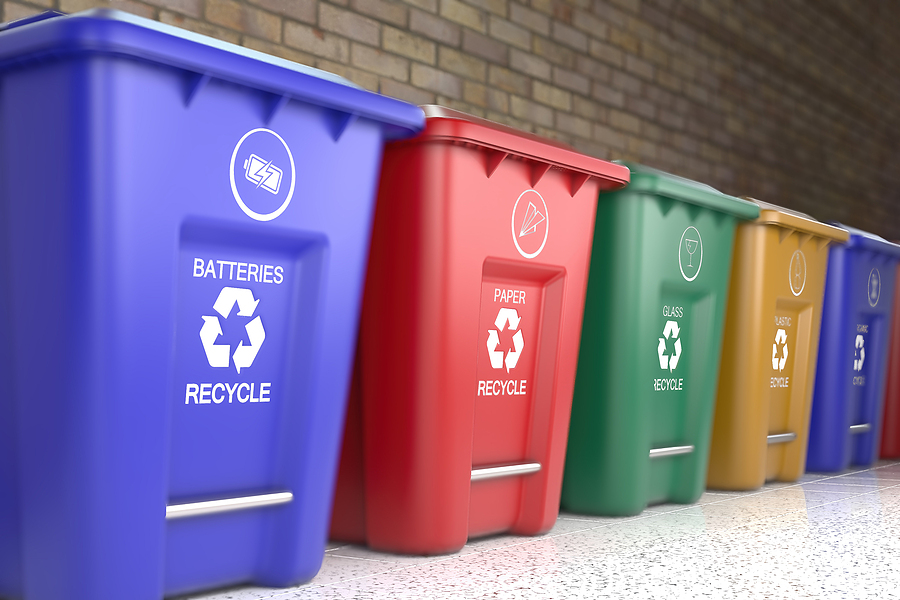
A Common Hazard
Lithium batteries are known for their combustible tendencies, and the possibility of them spontaneously igniting can be incredibly hazardous. Such incidents can happen at waste disposal sites and in private homes, should a broken battery catch fire inside of a garbage bin.
Millions of products now contain Lithium batteries, from laptops to cellphones and even children’s toys. Even though the risk is somewhat lower, standard AA-size batteries even have the potential to start a fire. These dangerous battery fires can result from a malfunctioning lithium-ion battery caused by impact damage, deterioration due to aging, manufacturing errors, charging or storing in extreme temperatures, and overcharging.
According to Gallatin County’s solid waste director, James Simon, the solution to avoiding hazardous battery-related incidents is twofold: enforcing correct battery storage, and the use of Solid Waste Management’s E-Waste program for proper battery recycling.
Logan and Bozeman Centers Accepting Batteries
Residents of Montana can now recycle various types of batteries such as lithium, alkaline, nickel-cadmium and lead-acid car batteries at the Logan Landfill or Bozeman Convenience Site where they will be sorted before being shipped to the respective recyclers.
When it is not possible to immediately take batteries to a designated location, residents have been advised to store batteries in a box filled with soil or bagged cat litter to keep the batteries safe and non-reactive.
“When people are storing them, you know, if they can put them in a hard sided container, that’s probably the most important because the transport of that material is what we’re concerned with,” Simon explained. “Especially at the household homeowner level, throwing it in the garbage can put their house at risk, their family at risk.”
Ways to Minimize Fire Risk
In the event of spontaneous combustion, it is critical to separate batteries from other waste as quickly as possible. This eliminates danger for the equipment used to move the batteries and minimizes any additional fire damage that could occur. However, should a fire happen after dark, there is always the risk that an employee will not even arrive in time to alert the fire department.
“I will say the equipment operators here at the landfill do a very good job when they notice there’s a fire in the landfill that they separate it out, isolate it, monitor it.”
Also, using a water-based fire extinguisher is an effective method to prevent a battery fire from spreading, although, it will not fully extinguish the flames until all of the battery energy has been neutralized. And, though there are lithium-ion gel extinguishers on the market, they are not yet a widespread option for managing various types of lithium-ion battery fires. Unfortunately, even after lithium battery fires appear to be put out, they can reignite at any point up to several days later.
Additional Items Added to Program
In addition to e-waste, other products can also be discarded through Gallatin’s new disposal program. These include devices such as computers, monitors and televisions sets.
And, on September 9th, the city is hosting a household hazardous waste pickup conducted by Solid Waste Management. This event will take place once a month as part of its ongoing efforts to ensure the proper disposal for potentially harmful items.
